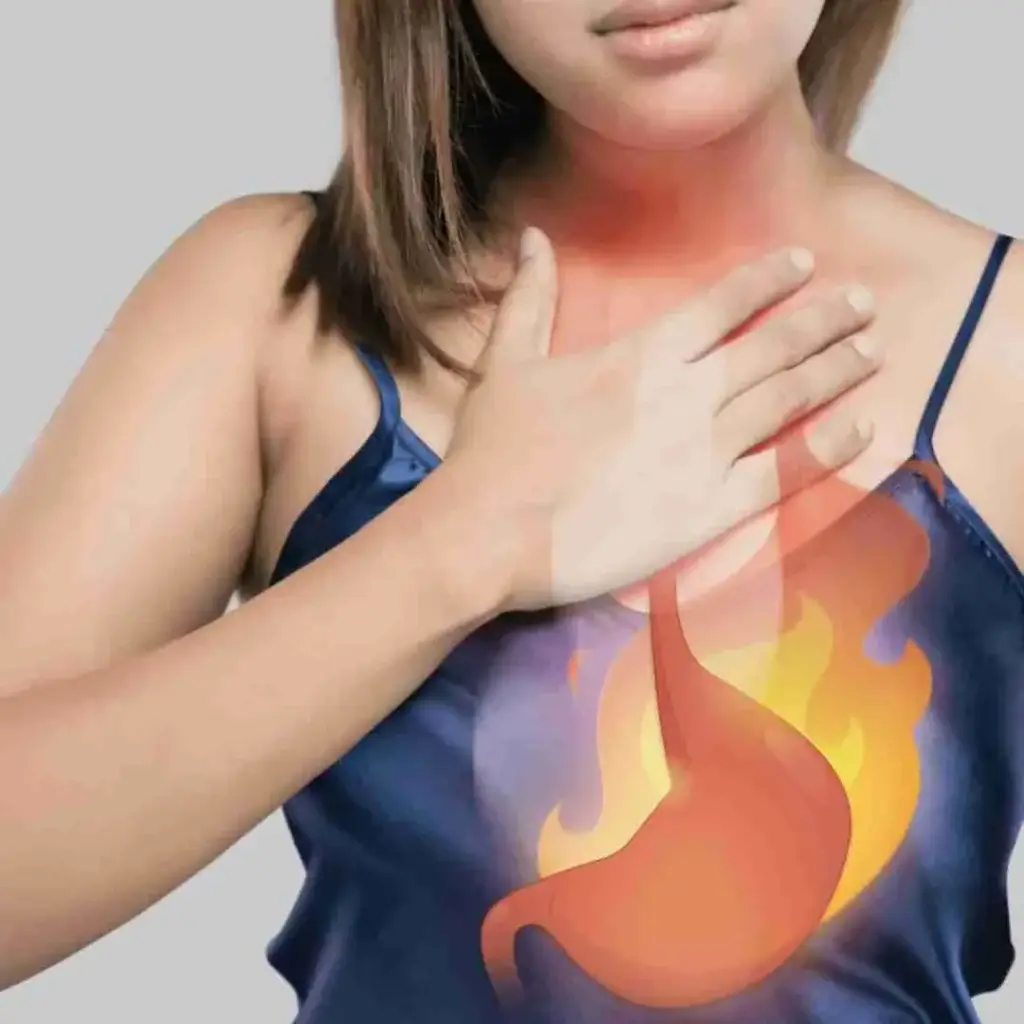I’m trying to bite my tongue and not say what I truly feel about the executives who run most of our country’s fast-food chains.
Shareholders and eyes fixed on bottom line profits are determining the quality and size of meals that we are being offered, certainly NOT health considerations and our long-term wellness.
It’s sort of ironic that in the 1950’s the size of our cars was huge and our restaurant food portions, as you will see, were much smaller. Now, our cars are smaller and our restaurant food portions are insanely, larger.
As you will learn in the following article, the alarming rate at which American waistlines are expanding, is affecting us in ways that we may not be aware of (and few, if any of them, are good).
Overweight is the new normal
Products adapt to accommodate the super-sized generation
Sun Sentinel June 12, 2011
Overweight has become the new normal, and society is straining to accommodate our ever-expanding waistlines. We plant plush bottoms on wider seats in theaters and toilet stalls, drape ourselves in plus-sized clothing, even go to our eternal rest in broader coffins.
According to the Centers for Disease Control and Prevention, more than two-thirds of Americans are overweight, and a third, some 72 million people, are considered obese. From 1980 to 2008, obesity rates doubled for adults and tripled for children, with 17 percent, or 9 million children over 6, classified as obese.
The average American is 23 pounds heavier than the ideal body weight. Experts blame the usual bugaboos: lack of exercise and side-splitting food consumption.
“There’s definitely a new norm,” said Dr. Robert Kushner, clinical director of the Northwestern Comprehensive Center on Obesity at Northwestern University in Illinois. “It’s a norm that, ‘My entire family and my community is overweight, and that’s what I am.’ ”
Businesses, eyes on the bottom line, are adapting to the physical requirements of the heftier among us.
Revolving doors, for example, have widened from 10 feet to 12 feet in recent years. Scales, which seldom went over 300 pounds, now go up to 400 or 500 pounds.
Here are a few other areas in which the super-sized generation is changing our culture.
Feeding frenzy
Food portions, ever bigger, continue to grow to meet yawning appetites. New York nutritionist Lisa R. Young estimates fast-food servings are two to five times what they were in the 1950s. When it debuted 40 years ago, the Big Mac was but a wee patty of 3-ounce meat. Today, fast-food chains serve up 12-ounce burgers loaded with 1,000 calories.
When it first opened, a McDonald’s soda was 7 ounces. Now a small soft drink is 16 ounces, and convenience stores pitch a 64-ounce bucket of soda — a full half-gallon. The result: In the 1970s, an American gulped down an average of 27 gallons of soda a year. Today that figure is 44 gallons.
And sweets? Cookies today, Young says, are 700 percent larger than USDA standards. A brownie recipe from the 1960s called for 30 servings. The same recipe today calls for 16.
Garbing the girth
Clothing outlets have expanded plus-sized inventories. Bulky clothes are available for children as young as 3, and Target and Forever 21 offer plus-sized fashions for teens. Quadruple-extra-large shirts are on the rack for men with 60-inch waists.
“Vanity sizing,” in which manufacturers adjust apparel size downward so it’s more palatable for women, is spreading. A size 4 today was, 20 years ago, a size 8. Some 62 percent of American women wear a size 14 or larger.
But full-size fashion has its price: Plus-sized clothing, which uses more material, costs 10 to 15 percent more than regular apparel.
High-volume cargo
Federal officials have increased the average passenger weight for buses and commercial boats, from 150 pounds to 175 pounds for bus passengers and from 160 pounds to 185 pounds for boat passengers. Buses must be stronger and bigger to handle folks of amplitude, and boats must trim their passenger lists.
Government regulations for car seat belts, set in the 1960s, require them to fit a 215-pound man with a hip circumference of 47 inches. In 2003, however, the National Highway Traffic Safety Administration estimated that more than 38 million people, or 19 percent of Americans, were too large for their seat belts. To accommodate heftier drivers, some car manufacturers include seat belts that are 18 to 20 inches longer, or offer seat belt extenders.


